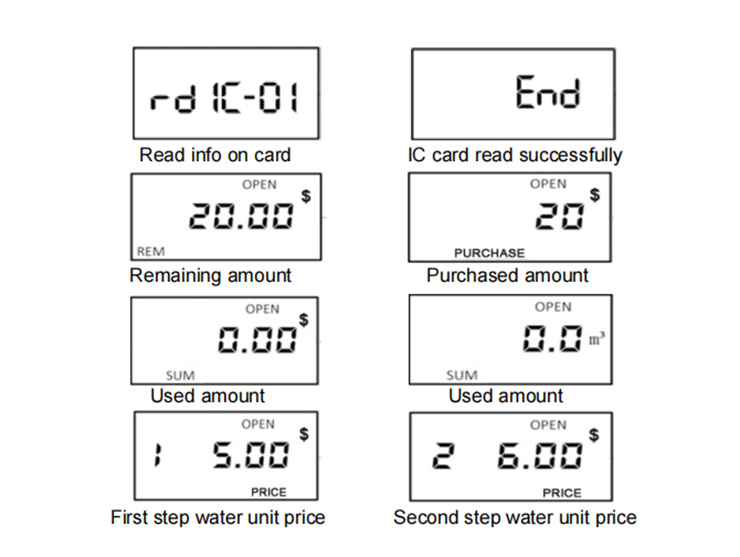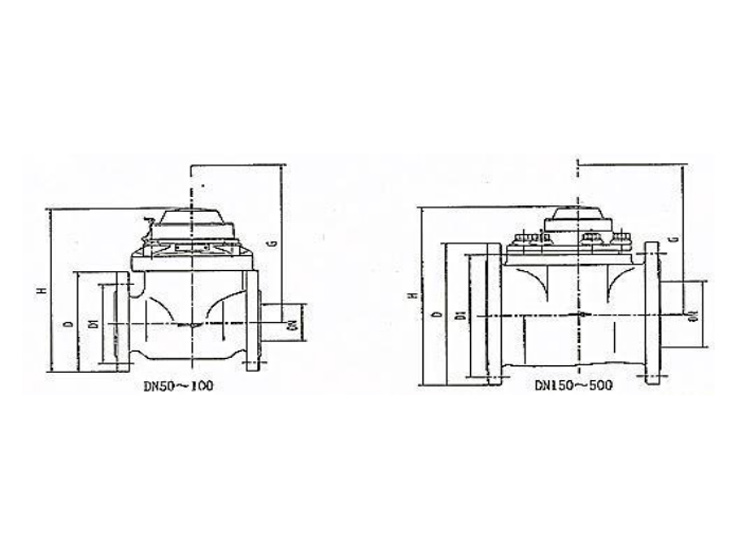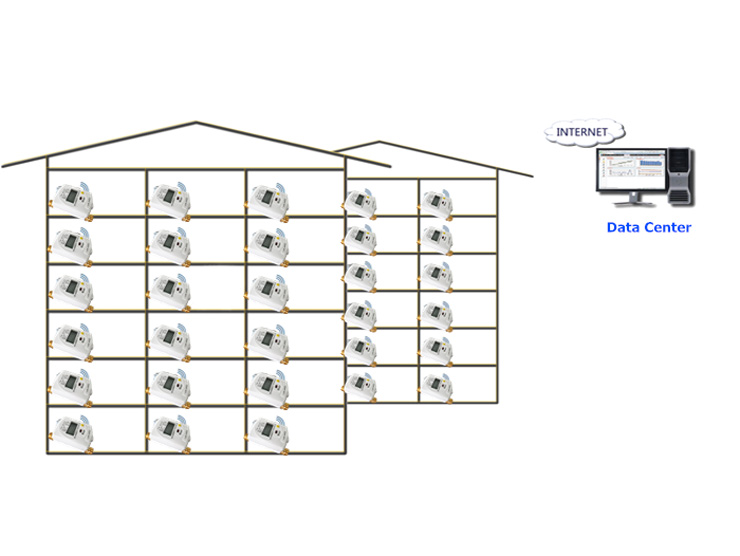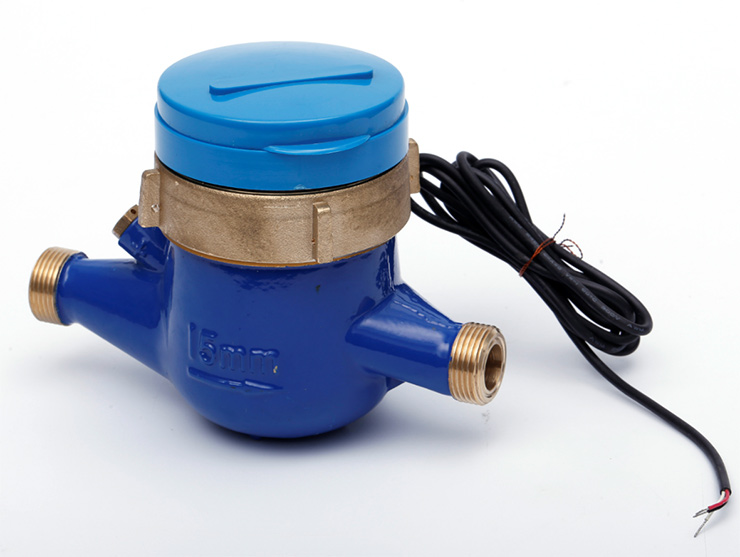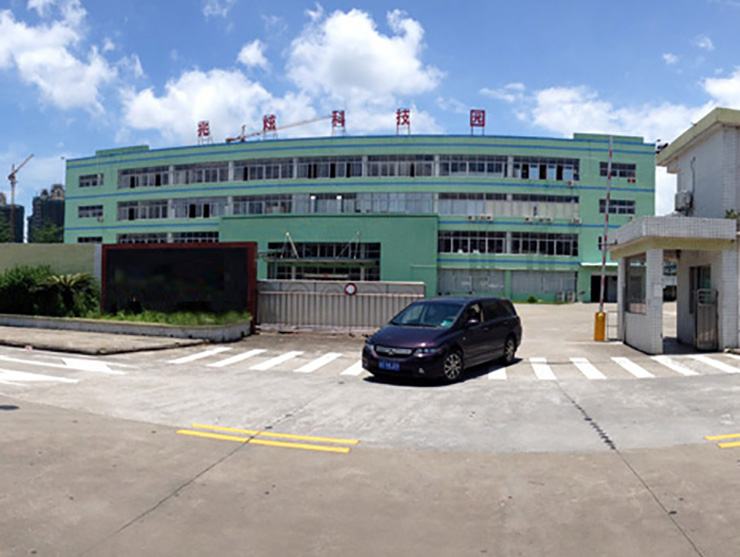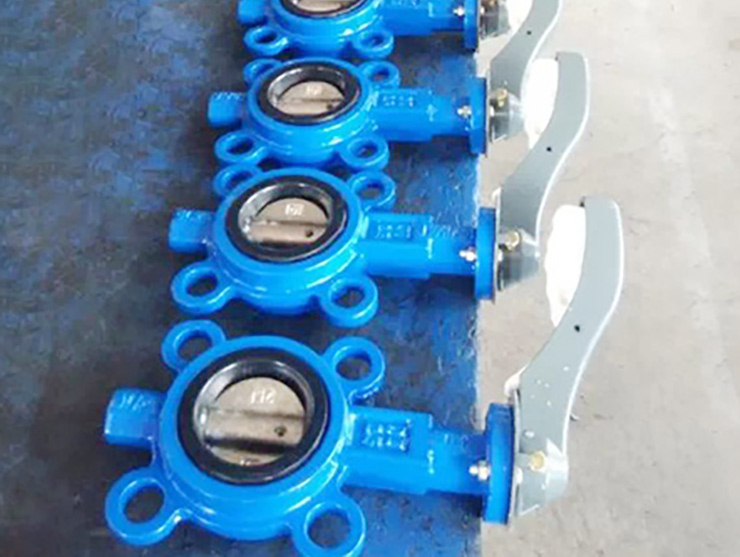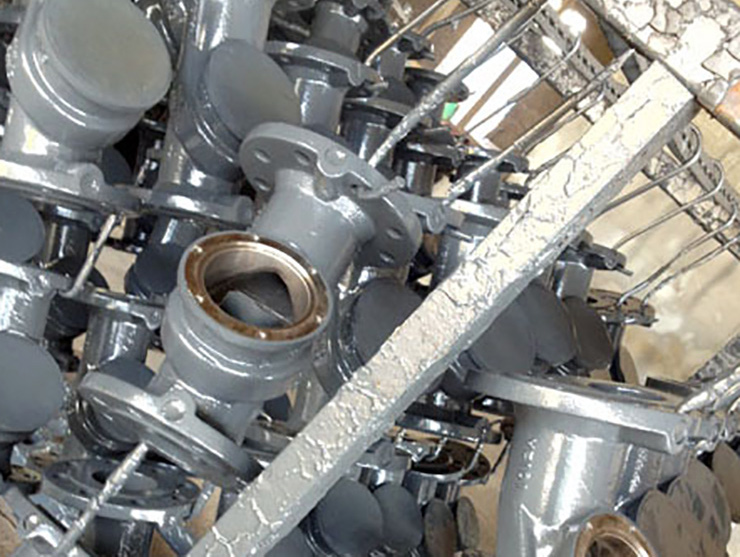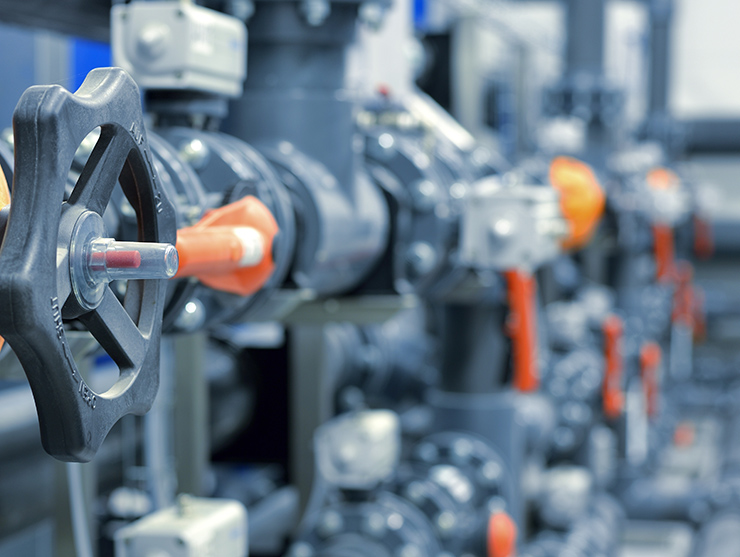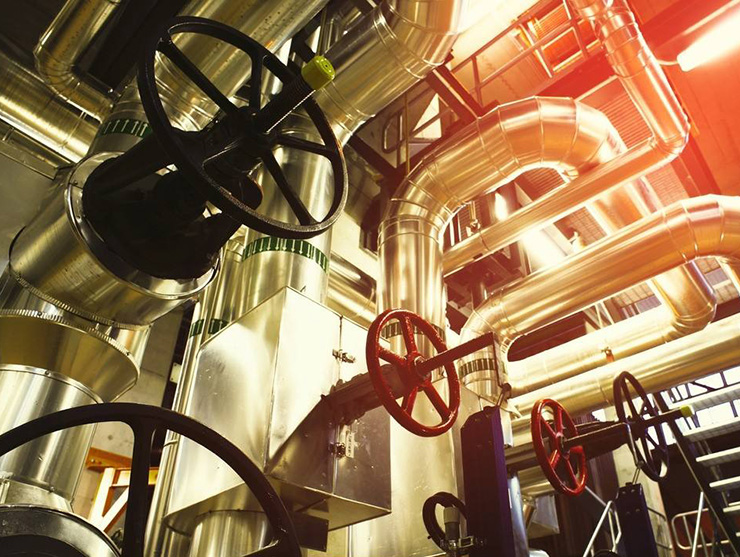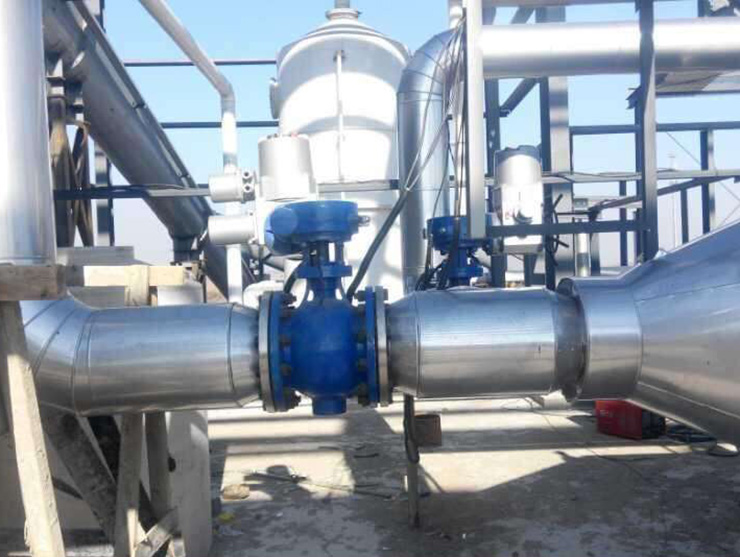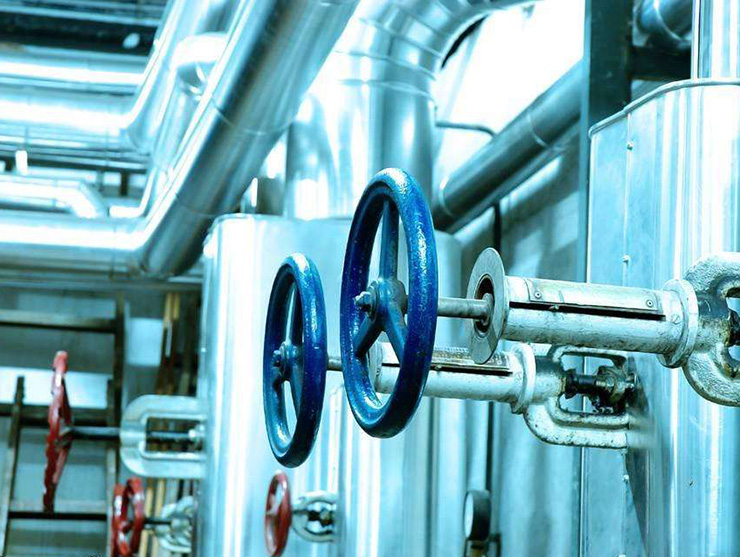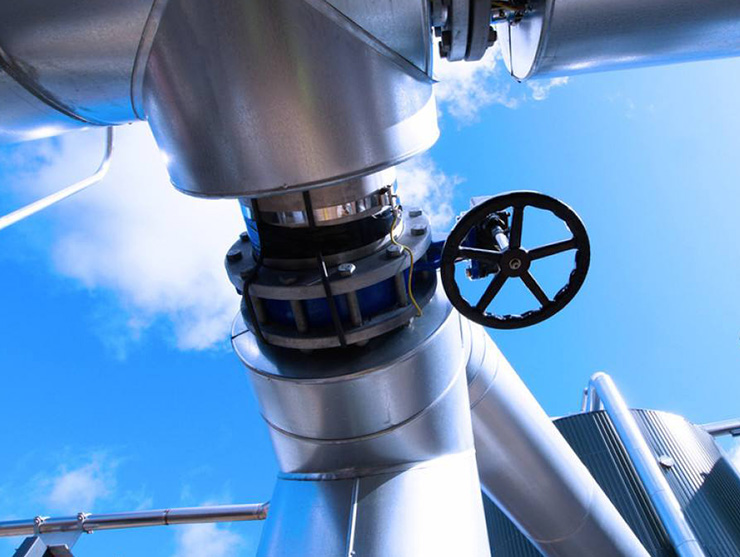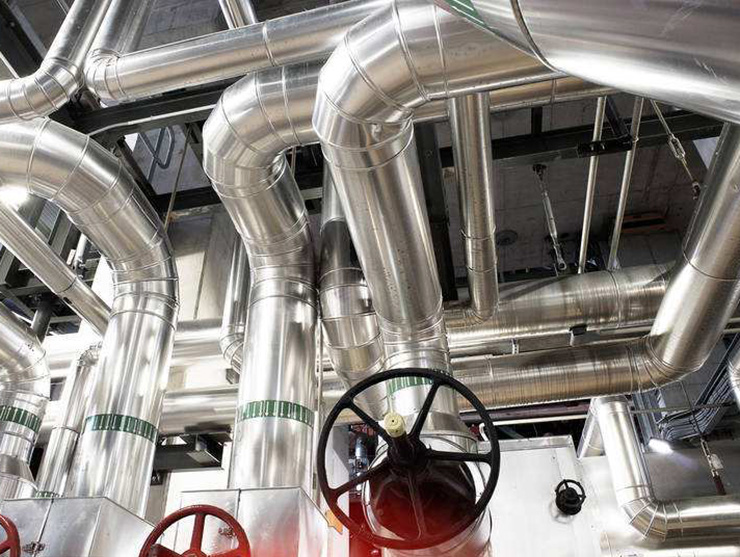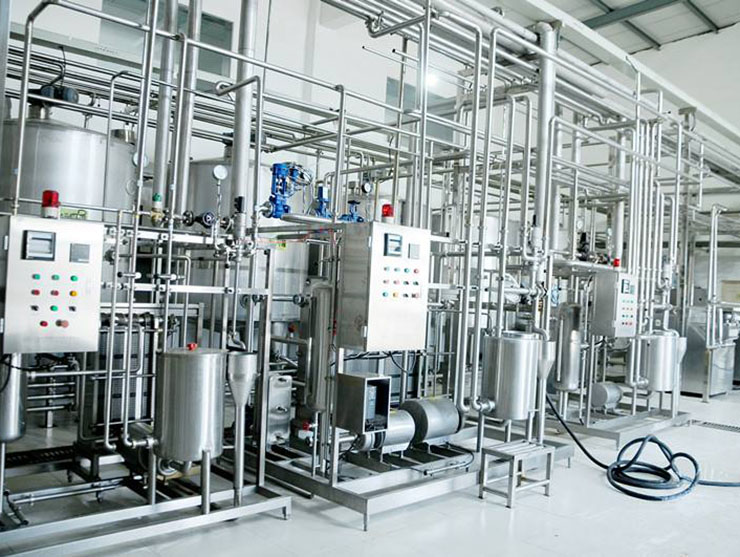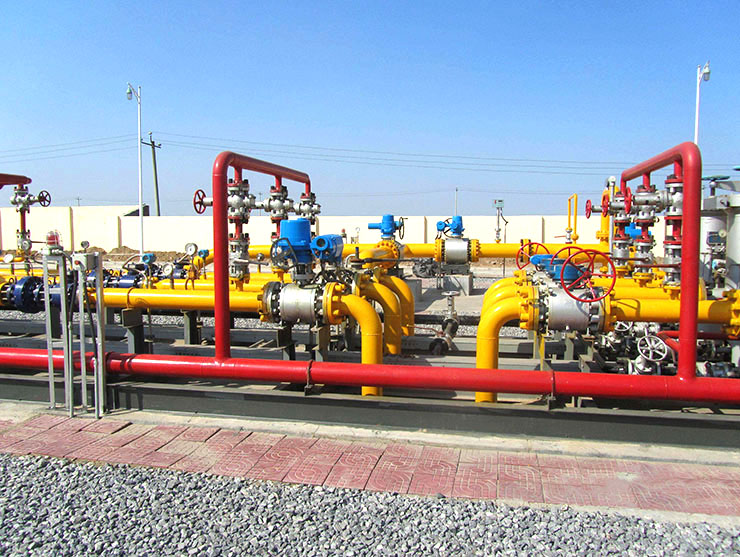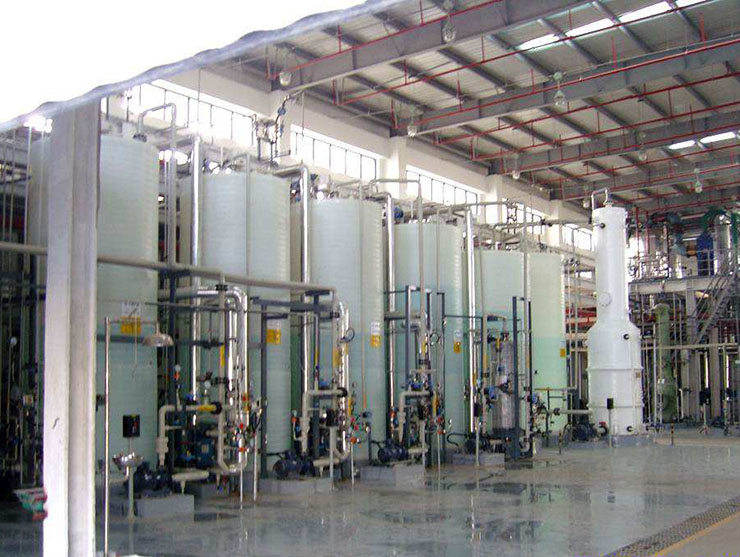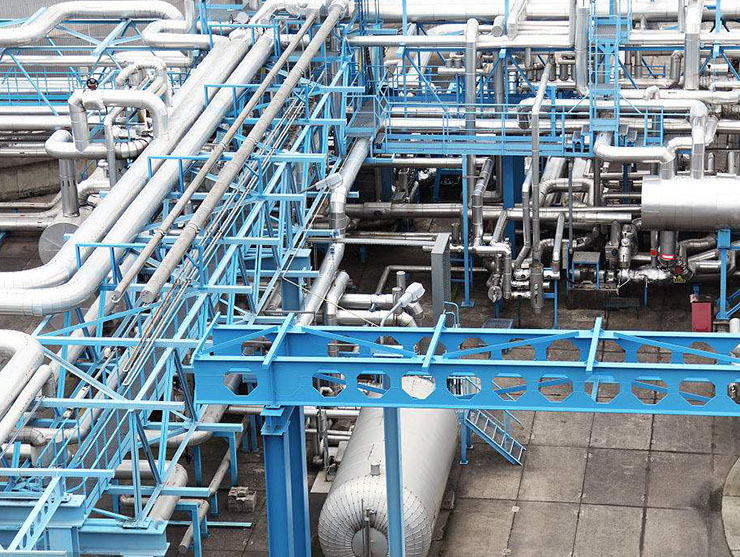News
Teach you how to choose a good filter
When choosing a filter, please consider:
1. The filtering accuracy should meet the predetermined requirements.
2. It can maintain enough traffic for a long time.
3. The filter element has sufficient strength to be protected from hydraulic damage.
4. The filter element has good corrosion resistance and can work continuously at the specified temperature.
5. The filter element is easy to clean or replace.
Therefore, the filter should be selected according to the technical requirements of the hydraulic system, according to the filtration accuracy, flow rate, working pressure, oil viscosity, working temperature and other conditions.
Test principle
1. Bubble point method testing principle: When the filter membrane and filter element completely penetrated by certain solution, the gas source side will be pressurized (there is an air intake control system inside the instrument, which can stabilize the pressure and adjust the intake air). As the pressure increases, gas is released from one side of the membrane and there are bubbles of different sizes and numbers on the sides of the membrane. The instrument determines that the corresponding pressure value is a bubble point.
2. Principle of diffusion flow test: The diffusion flow test means that when the gas pressure is 80% of the bubble point value of the filter element, there is not a large amount of gas perforation, but only a small amount of gas is dissolved in the liquid phase. The medium then diffuses from the liquid phase to the gas phase on the other side, which is referred to as the diffusion stream.
3. Why is diffusion flow better? The bubble point value is only a qualitative value. The bubble from the beginning to the last group is a relatively long process and cannot be accurately quantified. Measuring the diffusion flow value is a quantitative value that not only accurately determines the integrity of the filter, but also reflects the porosity, flow rate and effective filtration area of the membrane. This is why foreign manufacturers are using it now. The cause of the integrity of the diffusion flow method.
4. Water Intrusion Test Principle: The water intrusion method is designed for the test of hydrophobic filters. The hydrophobic membrane is resistant to water. The smaller the pore size, the greater the pressure required to squeeze water into the hydrophobic membrane. Therefore, under a certain pressure, the flow rate of water squeezing into the filter membrane is measured to determine the pore size of the filter element.


